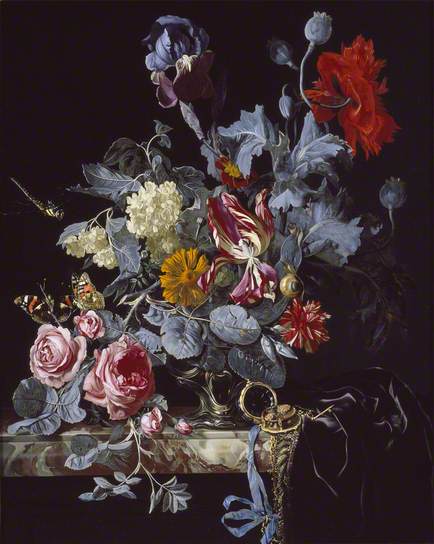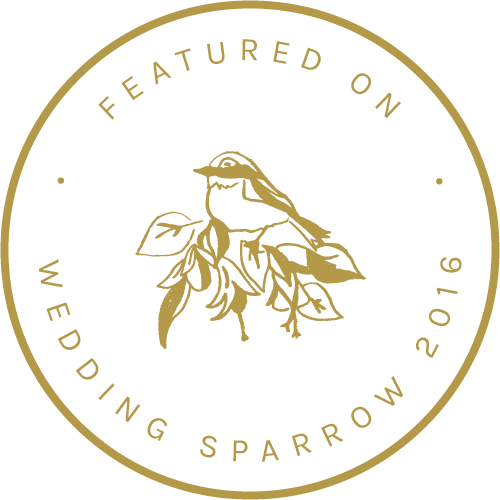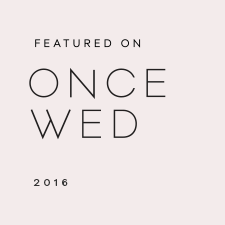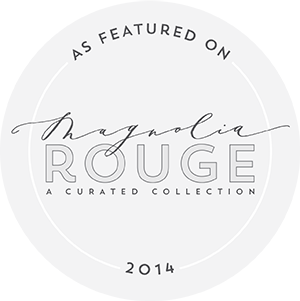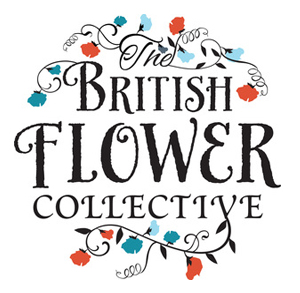I wrote a nearly-serious essay when I really meant to write specifically about flower painting and our up coming workshops for spring. Anyway, here is the boring bit, tomorrow i'll put up some stuff about the workshop, but you'll have to earn it by reading this first. (I lapse a little into Simon Shama-esque turns of phrase, umm ... Sorry?)
Rachel Ruysch
The Dutch Golden Age was a pivotal moment where art, science, nature, the exotic and the domestic at once cleave together and away from one and other. Late 17th century Dutch people pursued colonial expansion and ventured into unknown territories. From New Zealand, South Africa, the Dutch East Indies, Brazil and the North Americas, trade and commerce flourished and fed rapid urbanisation at home; towns and cities into which flowed spices, exotic plants, birds, insects, gold, and an whole new world view. These new geographies brought about new understandings of home. Home ownership, literacy rates and employment outside of agriculture were among the highest in Europe at the time. Urban life responded to these shifts away from the 'land' aesthetically and culturally, in ways bound up with their geography, religion, politics and plant life.
So these merchant classes emerged with time and money for the development of aesthetic ideals alongside a real interest in developing 'scientific' understandings of the world around them. Beauty and knowledge were not so separate. Art and Science were motivated by the same things, responding to the same stuff. Commerce meant new systems of ordering the 'things' of empire and imperial domesticity, effective quantification of goods was needed, as were the tools and skills of navigation. The recording of time, space, movement stretched the hearts and minds of clerks and clock-makers, ships captains, courtiers and cooks. New skills and practices hard baked in porcelain from China, skills stretching continents, weaving techniques, mathematics, medicine, leisure time. And what to do with all this new stuff, symbols of wealth, of intellect, of new horizons? How to relate this to the things we already know, how is this connected to that, or how is it not? How to document that which can't be collected, categorised, how to decide what constitutes an object of curiosity.
van Elst
Its human nature to be fascinated by the things we can’t have, to ask questions about the things we don’t yet understand, to question established understandings. So the Dutch, who were very good at agriculture, were fascinated by exotic plants, by the variety and change in the life span of a plant, by the seemingly random colours, shapes, textures, But this was not a dutiful, scientific pusuit. Beguiled by the beauty and form of petals, by the alchemic growth from seed to flower, enchanted by nature: growth, decay, reproduction, by the arrangement of petals, leaves, stamen, by texture, luminousity, this was art/nature, held up to the light for admiring eyes. Painters sought to capture this effervescence in qualities of light and colour before they were spirited away as quickly as they appeared.
Dutch Flower painting emerged at the same time as landscape painting, yet both were less esteemed than portrait and allegorical painting. Luther's notion that salvation could be sought in scriptures and the Bible rather than Rome, (now translated and readily available in a book shop near you) fed a sense of individualism, and meant people took more responsibility for their fate, destiny, health, morality. Houses, coupled with time and money meant the Dutch Republicans had seriously more art on their walls than any other Europeans at that time. A sense of patriotism, for a newly independent state that was actually doing pretty good job of looking after itself (thank you very much Spain). Paintings were a place to hang ones hopes, dreams, intellectual energies, collective identities. More Dutch homes, for more Dutch people meant more walls on which to hang painterly celebrations of its landscapes, the very 'stuff' from which they emerged after all. Knowledge and intellectual ownership of the dutch empire and its curiosities was expressed visually and manifest itself in the huge popularity of both landscape and floral painting. A widening of perspectives on the one hand, in explorations and mappings of new territories, was balanced on the other by a curiosity for the minutiae of life, the internal workings of living organisms and how they are at once autonomous and yet so interdependent. Quite unusually there were several very well respected and quite wealthy women flower painters, with education and skills to match any other.
In our age, the boundaries between science and art seem clear cut, the anatomically correct depiction of a botanical or zoological subjects, (shouldn't Zoo - ological really have three 'o's?) the focus of dry academic representation, and the creative, responsive, romantic, subjective theme of a painting are kept in opposite corners.
Dutch Flower painting really reminds us of how we falsely categorise the subject of our gaze. Here a tulip is at once fantastical, beautiful, intriguing, at once presented in all its botanical correctness and celebrated for its depth of colour, its qualities of texture and substance. Insects were perhaps included for their religious allegorical symbolism, or their delicate beauty, or both, at the same time, always already. Perhaps included because at that time no one really understood how insects reproduced,or the related stages of their metamorphoses (in no particular order!!) egg laying, larvae, nymph, chrysalis, caterpillar and so on. Ideas of 'spontaneous generation' prevailed, (where butterflies just 'arose' from the flowers, or beetles from dust, historians have even found a 'recipe for mice'), but at this time were beginning to be seriously questioned too. We’ve come full circle in a way, with increasingly more holistic understandings of nature, of interdependence, of ecosystems and actor-networks. Perhaps butterflies do represent the resurrection in allegorical art, but maybe they do other things here too? Maybe the painter just painted what they saw, and made the logical and simple assumption that they belong together, and quite liked that they do. Insects and flowers.

Thinking through how insects and flowers appear in paint here, we might make false distinctions in conceiving of insects, microbes, molds, animals, plants, as separate, distinct, discrete entities. Not only is the notion that these things can’t exist without the other too simplistic, we can recognise in the use of paint, light, colour, shape, a complex layering of fluid, blurred interrelated existences. We should not trust our eyes alone. There is a politics to how we see that does not only involve culture and society, but might involve other world views, ‘non-scientific’ conceptions of how plants and animals are, of historical narratives which belie accepted assumptions, of knowledge built up over years of practice in animal husbandry, farming, growing, passed down through generations of immersive, conversant understanding, in folk art, in colloquial turns of phrase, in flecks of paint thought of as a culmination of experience, study, visual and visceral understanding. In looking more closely at these paintings I really want to explore how “to be enchanted is to be struck and shaken by the extraordinary that live amid the familiar and the everyday” (Jane Bennett 2001). How the ways in which they are painted describes joy and excitement as much as social values and cultural contexts: to re-asses just why we, now, only like a flower when it is just so, not too closed, not too open, why we reject 'dead' flowers, why we spray them with insecticide and buy soldier straight stems, why we only pick flowers that will 'last' why we value longevity over beauty or perhaps blindly conflate the two? Why do we not celebrate flowers and insects, or the stages of their 'decline' as much as their 'peak'?
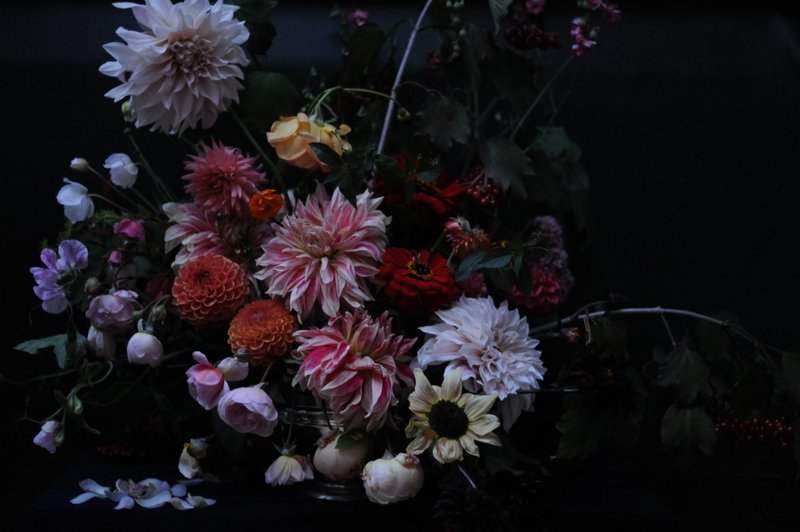
The late 17th century was a period of technological development in shipbuilding, and Dutch ports were the hub of Europe's contact with the new world. Commerce fed curiosity alongside merchant classes and urbanisation. Urban dweller's reaction was to view nature from a distance, and conversely hold it close, by bringing flowers, landscapes, plant life into their homes, still life and landscape were opposite sides of the same coin. Our concepts of the aesthetic, beautiful, enchanting involve a sense of otherness, a glass cabinet, a picture frame, a window pane, looking glass or photograph drain the warmth of emotion, of liveliness and agency almost by accident, despite themselves (don’t get me started on social media ;-)) a way for someone to symbolically assert who they’d like to be, to signify subtle differences of class, nationality, culture, wealth, learning. I’d like to argue that some of those flower painters were not just chasing their tails, in a futile attempt to capture the ephemeral, vibrancy of flowers, light, movement or fulfill the desires of a new consumer class to define itself with objects of material culture. Flower painters often painted small so their work could be hung sensibly in the homes of their patrons, and were not at all guided by notions of declining flowers being ugly or 'dead'. These paintings demonstrate a celebration and fascination with flowers and an emphasis on change rather than static conformity. Wild and cultivated flowers, fruit, fauna, flowers common to different seasons indicates change and fluidity, renewal. They are not 'perfect' and so dissolve that distance, a decaying petal or insistent insect brings a flower to life, in the way that putting a painting on your wall at home, or jug of flowers on the kitchen table, among the ebb and flow of daily life, reminds us how connected we are. The Dutch Golden Age, in all its successes and riches, was not willing to let go of that which remained just out of reach, perhaps it was their obsession, glimpsed moments and poised, still vignettes haunted by time itself.
Anyhow, on a different note, its gone midnight on a school day, my dog has just rolled in hedgehog poop and is outside barking at hedgehogs, (who are not in the least bit scared). Imagine what your poo would be like if you only ate slugs, well, that is all over my dog, even hedgehogs don't actually smell of hedgehog poo. Maybe that is the source of their fearlessness, spines and a diet of slugs? all that rolling up into a ball? stomach cramps. Slugs.


